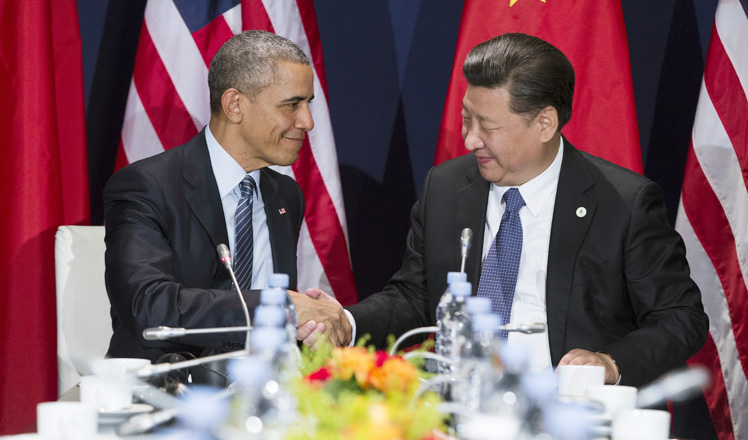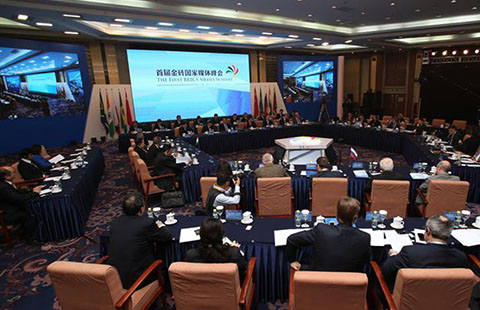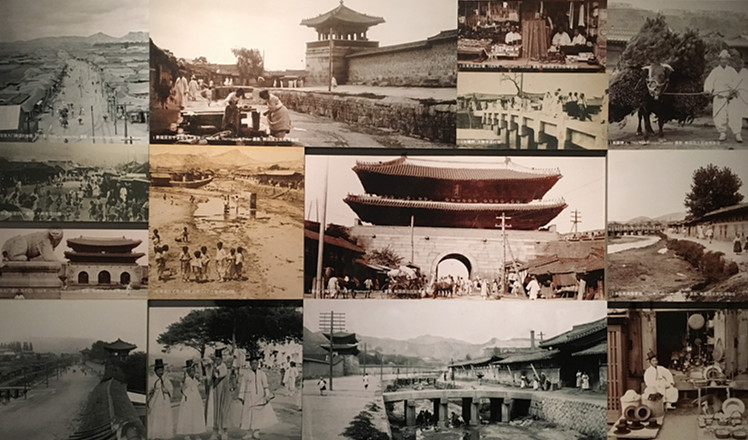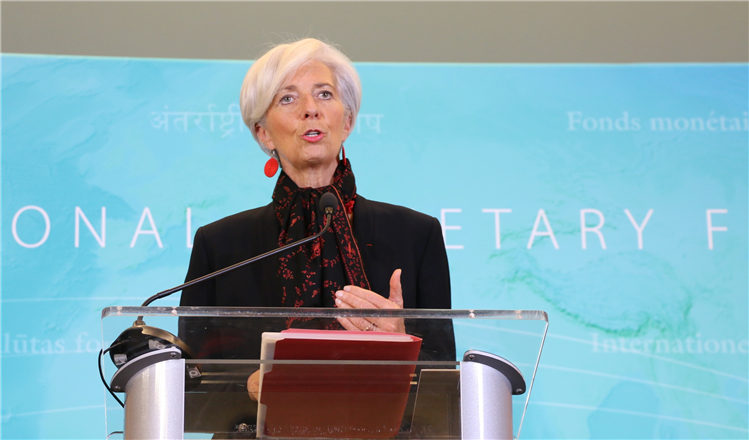Chinese supercomputer retains top ranking
Updated: 2015-11-27 06:21
By PAUL WELITZKIN in New York(China Daily USA)
|
||||||||
A Chinese supercomputer has again been rated the top system in the world as the US gears up to implement a challenge to the mainland’s supremacy.
For the sixth consecutive time, Tianhe-2, a supercomputer developed by China’s National University of Defense Technology, has retained its position as the world’s No. 1 system, according to the 46th edition of the twice-yearly TOP500 list of the world’s most powerful supercomputers released earlier this month.
Based on a Linpack benchmark (a standardized test that measures computer performance), Tianhe-2, which means Milky Way-2, had 33.86 petaflops of computing power. A petaflop is a measure of a computer's processing speed and is equal to 1,000 teraflops, or 1 quadrillion floating-point operations per second.
Keeping its hold on the No. 2 spot is Titan, a Cray Inc system installed at the US Department of Energy’s (DOE) Oak Ridge National Laboratory in Tennessee. Titan, the top system in the US and one of the most energy-efficient systems on the list, achieved 17.59 petaflops on the Linpack benchmark.
Horst Simon, deputy director of the Lawrence Berkeley National Laboratory in Berkeley, California, said there are a couple of reasons why Tianhe-2 has held the No. 1 spot on the TOP500 list.
“It is an exceptional system that is ahead of its competition and is mainly powered by Chinese technology,” Simon told China Daily in an interview. He noted that Lenovo, Sugon and Inspur are the Chinese companies providing the technology.
“Another reason why it stays on top is because there has been a lack of new systems brought online over the past few years,” Simon said.
Simon said that funding for supercomputers is tight, as budgets for government agencies and universities that operate most systems are under pressure. He also noted that there still may be some fallout from the 2008 financial crisis.
Overall, only two new systems cracked the top 10 rankings on the TOP500 list. One is the Trinity supercomputer (sixth place) built by Cray and jointly deployed by the DOE’s Los Alamos and Sandia national laboratories. The other is the Hazel-Hen system (eighth place) built by Cray and installed at the HLRS-Höchstleistungsrechenzentrum Stuttgart in Germany.
China nearly tripled the number of systems on the latest list, while the number of systems in the US has fallen to the lowest point since the TOP500 list was created in 1993.
“China considers supercomputers as an essential tool for a modern economy in addition to national security considerations,” commented Simon. Even though most supercomputers are housed at research labs and colleges, private enterprise is gradually starting to learn that supercomputing can have bottom-line benefits. Simon said most major companies in technology, financial services and manufacturing now utilize the services of a supercomputer.
Last summer, President Barack Obama signed an executive order authorizing the creation of a new supercomputing research initiative called the National Strategic Computing Initiative (NSCI). The goal is to have the US produce the fastest supercomputer in the world by 2025, a machine that would be about 20 times faster than the Tianhe-2.
Simon said it will require an investment of $200 million to $300 million a year to achieve that goal.
Supercomputers provide simulation for research into issues such as climate studies. Supercomputers can be as small as one cabinet (about the size of a refrigerator). Large systems like Titan can use more than 200 cabinets.
paulwelitzkin@chinadailyusa.com
- Britain's Cameron says time to bomb militants in Syria
- Russia accept full suspension from athletics
- Turkish and Russian FMs to meet in Belgrade
- S.Korea, DPRK agree to hold vice ministers' meeting for improved ties
- Avoiding escalation over Russian warplane downing
- Rights panel presses US over scientists' cases

 Xi, Obama pledge to manage differences in constructive manner
Xi, Obama pledge to manage differences in constructive manner
 BRICS media leaders gather in Beijing for cooperation
BRICS media leaders gather in Beijing for cooperation
 Restaurateur spreads Chongqing xiaomian all around the world
Restaurateur spreads Chongqing xiaomian all around the world
 Civil service exam: From mock interviews to mirror practice
Civil service exam: From mock interviews to mirror practice
 'Seoul, a city of stream' exhibition impresses visitors in Beijing
'Seoul, a city of stream' exhibition impresses visitors in Beijing
 IMF includes RMB in SDR basket
IMF includes RMB in SDR basket
 Exquisite gold and jade products go on display in Beijing
Exquisite gold and jade products go on display in Beijing
 Post-85s girl's yoga dream
Post-85s girl's yoga dream
Most Viewed
Editor's Picks

|

|

|

|

|

|
Today's Top News
Chinese bargain hunters are changing the retail game
Chinese president arrives in Turkey for G20 summit
Islamic State claims responsibility for Paris attacks
Obama, Netanyahu at White House seek to mend US-Israel ties
China, not Canada, is top US trade partner
Tu first Chinese to win Nobel Prize in Medicine
Huntsman says Sino-US relationship needs common goals
Xi pledges $2 billion to help developing countries
US Weekly

|

|







